SPANISH HISTORY
Secret papers of Franco frontman rescued from the trash in Madrid
Around 20,000 documents belonging to solicitor close to regime salvaged from skip in Spanish capital
Madrid
Thousands of documents that could throw some light on one of the shadiest figures in the entourage of the former Spanish dictator Francisco Franco have been salvaged from a builder’s skip on Madrid’s upmarket Serrano street.
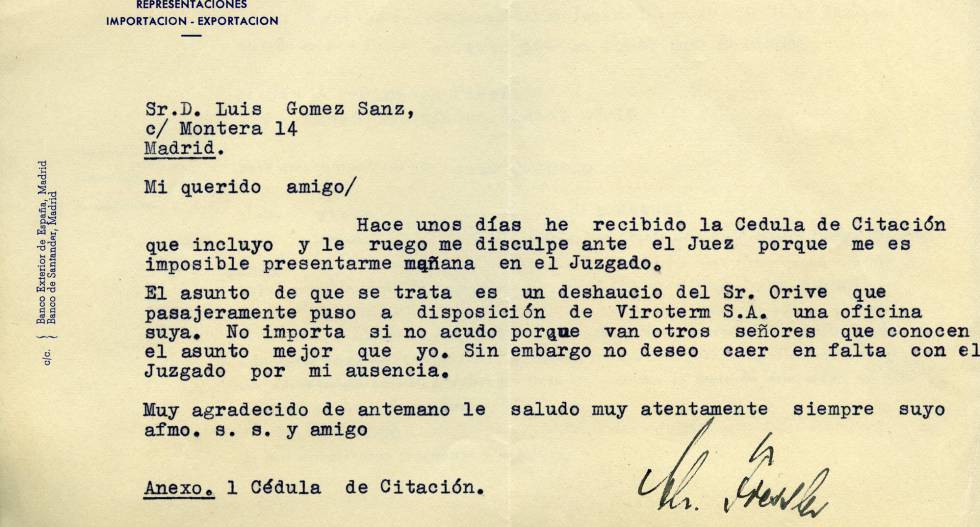
The archives belonging to Luis Gómez Sanz, a lawyer born in 1913 in the western city of Salamanca, were discovered on July 20 by José María Uría Fernández with the socially progressive Anastasio de Gracia Foundation (Agfitel).
“I was out walking when I came across a container filled with papers,” he says. “The caretaker of the building told me they were from an apartment that was being refurbished. There were other papers, but they had already been taken by junk men.”
When Uría Fernández began to sift through the material, he could hardly believe his eyes. “There are around 20,000 documents and 74 books,” he says, adding that they are to be handed over to researchers.
About 20,000 historic documents and 74 books were found in the trash
Among the literature is a 1749 edition of Dialogues from Spanish humanist and philosopher Juan Luis Vives.
Gómez Sanz was both a state attorney and prosecutor as well as secretary to the board of directors for Spain’s national heritage during the prime-ministership of Luis Carrero Blanco in 1973, according to Agfitel.
As noted in Spain’s ABC daily newspaper on the first anniversary of his death, Gómez Sanz was just 58 when he died on July 23, 1972. The news item alluded to masses in Madrid, Bizkaia [Biscay] and Gipuzkoa “for the eternal rest of his soul.”
The journalist and writer Mariano Sánchez Soler, who focused some of his work on the oligarchy during Franco’s dictatorship, says that Gómez Sanz had close ties with Franco’s personal secretary, José María Sanchiz Sancho.

Sanchiz Sancho was married to Enriqueta Bordiu, the aunt of the Marquis of Villaverde, who was married to Franco’s daughter. According to Sánchez Soler, Sanchiz Sancho and Gómez Sanz created front companies that would ostensibly own properties purchased by the Franco family, such as the Valdefuentes estate in Arroyomolinos, Madrid. “Gómez Sanz was close to the dictator’s family at an important time,” he says.
“He was a legal fixer, a figure of great importance to the ruling families during Franco years,” says the historian María José Turrión. “His influence is evident in all the corruption going on around Franco, but he stayed in the background,” she says. “Not much is known about him because there is scarcely any documentation on him in the Royal Palace or with the Franco Foundation.”
The Agfitel Foundation has divided the material into five sections. The first ‘Office Clients,’ includes documents on companies revealing how they were established and went on to thrive as well as characters such as the Nazi Christoph Fiessler, a notable spy who took refuge in Spain after the Second World War.
Gómez Sanz was a legal fixer of great importance to the ruling families during the Franco years
In a letter dated June 6, 1957, Fiessler writes to his “dear friend” because he won’t be able to turn up to a court hearing, and apologizes for sending other people in his place. The documents also include a request from the Viennese Prince Pablo Metternich y Silva to Franco for Spanish nationality in 1947.
Then there is a section dubbed ‘Recommendations’ which includes documentation relating to the many favors asked of Gómez Sanz due to his close ties to Franco’s oligarchs, such as the pulling of strings for a candidate sitting solicitor exams, or fast-tracking paperwork for companies like Dodge automobiles. Another request was from a woman in the western Spanish town of Caceres who wanted the lawyer to sort out a teaching post she hadn’t got despite paying 25,000 pesetas.
There is also a section labeled ‘State Business’ and another called ‘Judicial Procedures’. A fifth, labeled ‘Particular’ contains two pictures of Gómez Sanz’s parents’ wedding, taken by the prestigious photographer Venancio Gombau as well as evidence of Gómez Sanz’s wife María Aurelia Múgica’s revision for exams leading to a teacher’s position, dated 1928. Múgica’s death on May 20, 1997 was also reported by ABC. Finally, there are documents relating to Gómez Sanz’s bid to refashion his library using the model of the library of the Spanish King Felipe II at El Escorial.
English version by Heather Galloway.
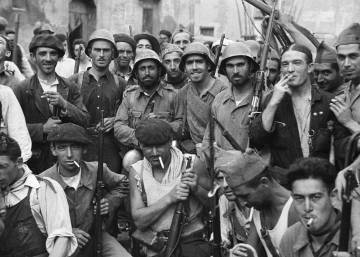
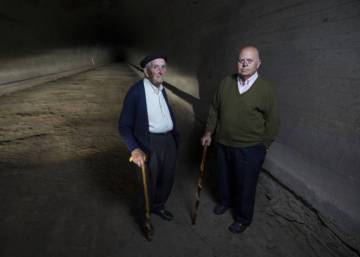
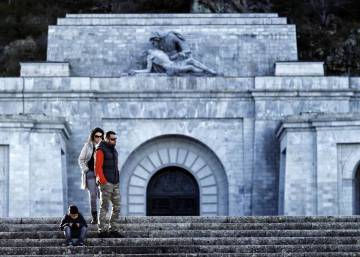

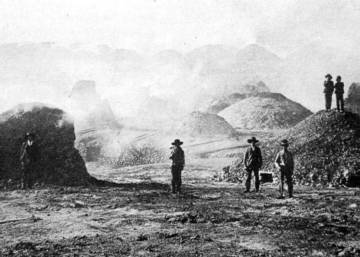





































No hay comentarios:
Publicar un comentario